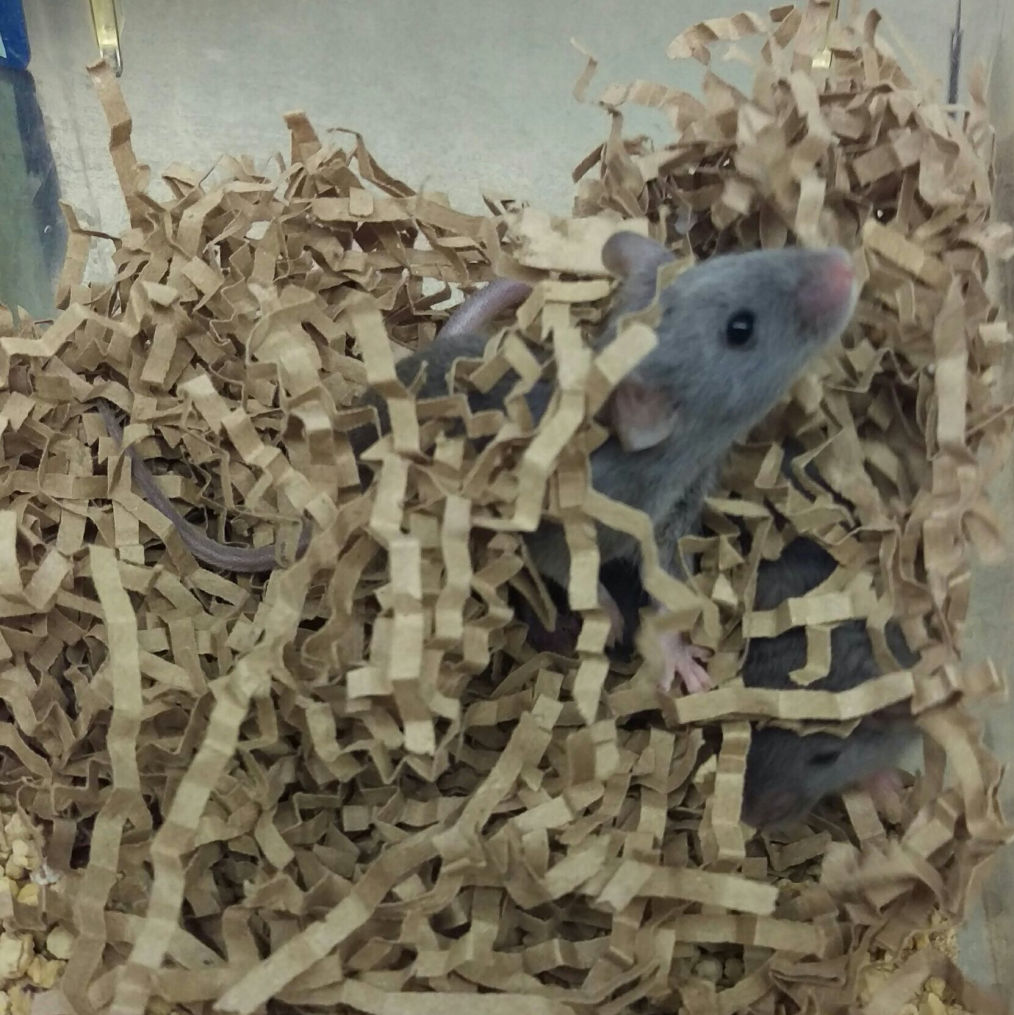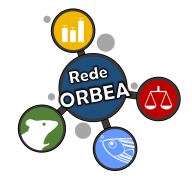
Legislação Portuguesa
A legislação actualmente em vigor em Portugal é o DL 113/2013, que transpõe integralmente a Directiva 2010/63/EU, considerada a mais extensa, completa e rigorosa legislação do mundo para a protecção de animais usados para fins científicos.
Esta lei veio trazer um avanço significativo relativamente à anteriormente em vigor em Portugal. Entre outras novidades, impôs a obrigatoriedade da existência de ORBEAs em todos os estabelecimentos onde são criados ou utilizadores animais para fins científicos ou educacionais, o cumprimento dos 3RS (Replacement, Reduction, Refinement), classificação de severidade e relatórios anuais sobre o número de animais usados em cada instituição (e da severidade dos procedimentos).
De suporte à Directiva, há ainda um conjunto de Documentos de Trabalho que expandem e clarificam os aspectos mais importantes referentes à aplicação da Directiva no terreno.






